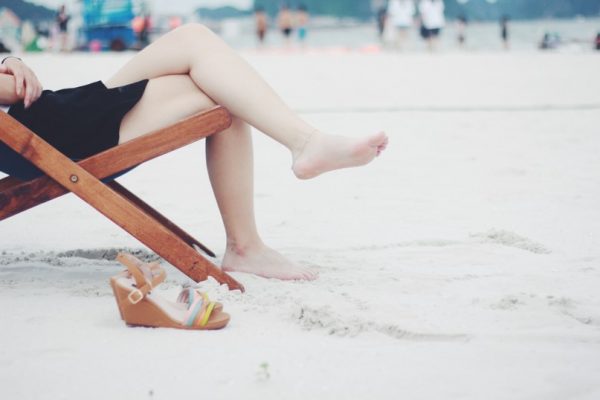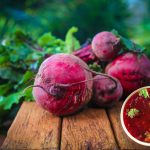
How to handle blisters?
A blister is a pocket of fluid between the upper layers of skin. The most common causes of blisters are friction, freezing, burning, infection and chemical burns.
Blisters are also a symptom of some diseases. The most frequent cause of blisters is excessive friction on moist skin.
As a blister forms, clear fluid accumulates in a pocket between the layers of the skin.
Friction of skin results in blisters.
- Blisters caused by friction are the most common
- Both burns and frostbite can produce blisters
- Blood blisters occur when a small blood vessel bursts near the surface of the skin
- Some medical conditions produce blisters, including eczema and epidermolysis bullosa
- It is best to leave blisters intact to protect the underlying layers from infection
Exposures to certain chemicals can result in blisters: This is referred to as contact dermatitis and can occur in some individuals on contact with the following: cosmetics, detergents, solvents, nickel sulfate balsam of Peru (a flavoring), insect bites and stings, chemical warfare agents including mustard gas.
Some tips to handle painful blisters:
Cleaning and Protecting Your Blister
- Gently wash the area with clean water. Keep the blister clean with soap and water. You can dab on petroleum jelly or some other emollient to minimize further friction.
- Don’t use hydrogen peroxide or alcohol, which can slow healing. Dab petroleum jelly and replace the bandage as needed. This reduces further friction
- Do not removed the flap of skin over the blister unless it is torn or dirty and has pus.
- You may cover the blister with a thin layer of petroleum jelly, such as Vaseline, and a nonstick bandage.
- Use non-sticky bandage and change bandage every day.
- Another great way to protect your blister is with a piece of moleskin-a soft, adhesive cushion that’s sold in pharmacies.
It is not a good idea to open the blister yourself. Better to see a doctor. If you do decide to drain your blister, be sure to follow these steps:
- Wipe a needle with rubbing alcohol.
- Gently puncture the edge of the blister.
- Press the fluid in the blister toward the hole so it can drain out.
Remember: Using rusted needles or improper handling can only increase your pain and prolonged recovery from blisters.
Sometimes blisters may get infected. Contact your doctor immediately for a checkup. Signs of infection include:
- Increased pain, swelling, redness, or warmth around the blister.
- Red streaks extending away from the blister.
- Drainage of pus from the blister.
Remedies for blisters:
1. Apply Aloe vera gel on the blister and cover using a bandage. Aloe vera gel helps in healing and reduces pain.
2. Apply calendula ointment, It’s traditionally used as a soothing wound healer. To keep the ointment clean, cover it with an adhesive bandage or a gauze pad.
3. Use tea tree oil one part and three parts of vegetable oil mix. Apply it on blister area four times a day. This mix will keep away any type of infection.
4. Use a wet cloth and keep it on blister to relieve the pain. Soak the cloth in ice cold water, wring it out and place on blister.
5. In case your blister pops wash it using soap and water and cover using bandage.
6. Apply a mixture of vitamin E and calendula ointment to help your skin heal faster. Vitamin E comes in capsules. Ask your doctor for any brand recommendation. Open the capsule and mix vitamin E with calendula ointment and apply on opened blisters.
7. Apple Cider Vinegar: Dip a cotton ball into apple cider vinegar and swab it around the affected area and allow it to dry. If it stings, dilute the apple cider vinegar with water first.
8. Green Tea: Steep a green tea bag in 1 cup of hot water for about 5 minutes. Remove the tea bag and allow it to cool. Put the moist tea bag on the blister for a few minutes. Repeat 4 or 5 times daily for a few days.
9. Epsom Salt: Epsom salt is an easy and safe way to treat foot blisters. It helps dry out an un-popped blister and encourage it to drain.Add 1 to 2 tablespoons of Epson salt to a foot tub filled with warm water and stir it in thoroughly. Soak your feet in this water for about 15 minutes. Remove your feet, pat dry and then apply a coating of petroleum jelly. Being high in magnesium, it also helps reduce inflammation, pain and swelling. It also prevents infection. Discontinue Epsom use once the blister pops
10. Castor Oil: Smear some castor oil on the blister and leave it on overnight. Do this daily for 2 or 3 days and the blisters will soon dry out.
11. Air it out – if the blister size is increasing – expose them to air. Do not cover and hid in shoe or gloves. Air circulation helps it to heal.
How to prevent various types of blisters?
- Avoid wearing shoes that are too tight or that rub your feet.
- Keeping your feet bone dry can help prevent from blister forming. Slide the gel variety around the sides and tops of clean, dry feet before slipping on a new pair of shoes
- Wear gloves to protect your hands when you are doing heavy chores or yard work.
- During exercise and sports, specially designed sports socks can reduce the amount of available foot sweat.
- Adequately breaking in walking or hiking boots before embarking on a long trek is also important.
- Avoid contact with any plants or other substances that are known to cause blistery rashes.
- Avoid contact with people who have infections that are known to cause blisters, such as: viral illnesses, including chickenpox, shingles, genital herpes infection, and cold sores.
Some health conditions like Diabetes, skin infections or skin conditions may need special attention.
Visit your doctor for full checkup and treatment..
.
References:
- http://top10homeremedies.com
- http://www.besthealthmag.ca
- http://www.activebeat.com
- http://www.medicalnewstoday.com
Image credit:
Photo by Auskteez Tran on Unsplash (Free for commercial use)
Author: Sumana Rao | Posted on: May 4, 2017
« Expecting moms – cosmetic safety tips Tips to avoid food poisoning »






















Write a comment